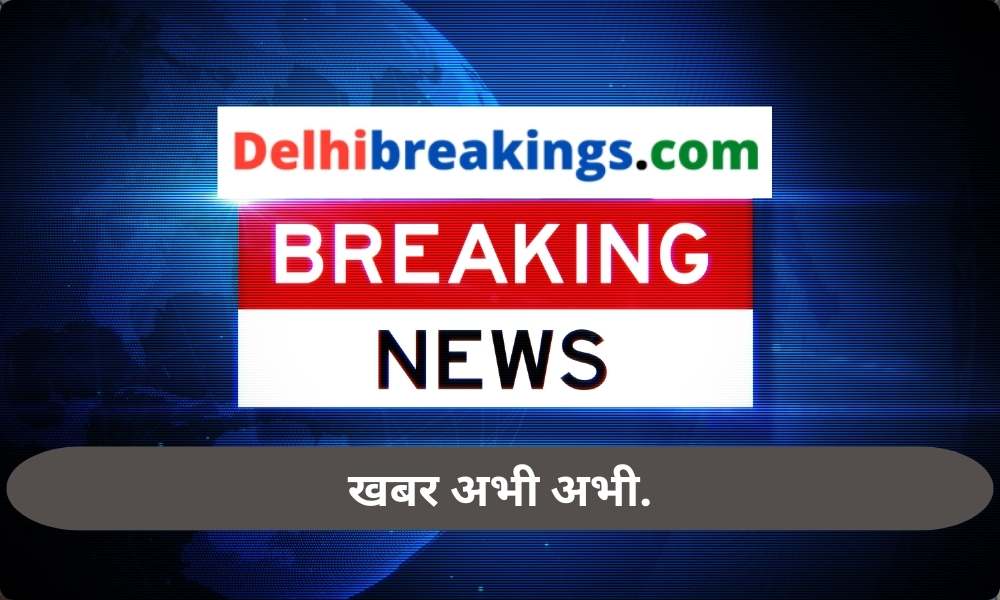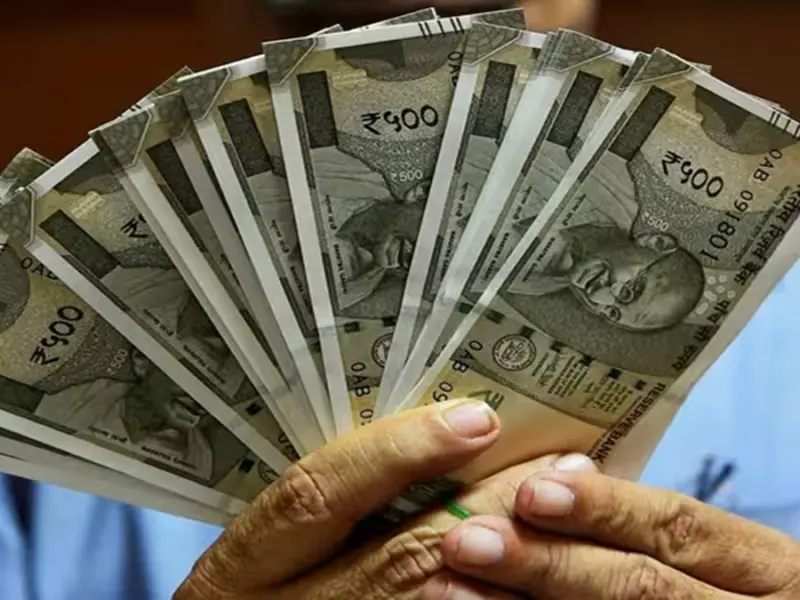In an unprecedented weather event, Delhi received three times the usual rainfall for June within just 24 hours, turning several areas of the capital into waterlogged zones and causing significant traffic disruptions. The India Meteorological Department (IMD) has issued a warning for more moderate to heavy rainfall over the next two days.
Unprecedented Rainfall Statistics
- Timing and Volume: The heaviest rainfall was recorded between 2:30 AM and 5:30 AM on Friday at the Safdarjung weather station, where 148 millimeters of rain was measured in just three hours.
- Total Rainfall: From 8:30 AM Thursday to 8:30 AM Friday, Safdarjung recorded a total of 228.1 millimeters of rain. This is the highest one-day rainfall recorded since 1936.
- Comparison to Normal June Rainfall: Typically, Delhi receives 74.1 millimeters of rainfall in June. The recent downpour is three times this average, highlighting the severity of the weather event.
Impact on the City
- Waterlogging: The intense rainfall led to severe waterlogging in multiple areas across Delhi, transforming streets into rivers.
- Traffic Disruptions: The waterlogged roads caused massive traffic jams, adding to the city’s woes.
- Future Forecast: The IMD has forecasted more moderate to heavy rainfall over the next two days, prompting concerns of further disruptions.
Historical Context
- 88-Year Record: The last time Delhi experienced such a deluge was in 1936, making this a once-in-a-lifetime weather event. The unprecedented rainfall highlights the city’s vulnerability to extreme weather conditions and the need for robust infrastructure to manage such events.
The residents of Delhi are advised to stay updated with weather forecasts and take necessary precautions to stay safe during this period of heavy rainfall.





